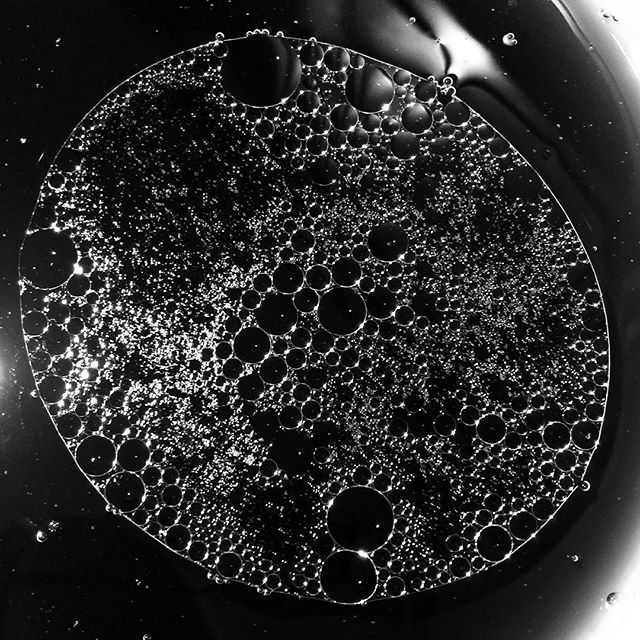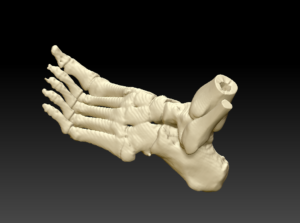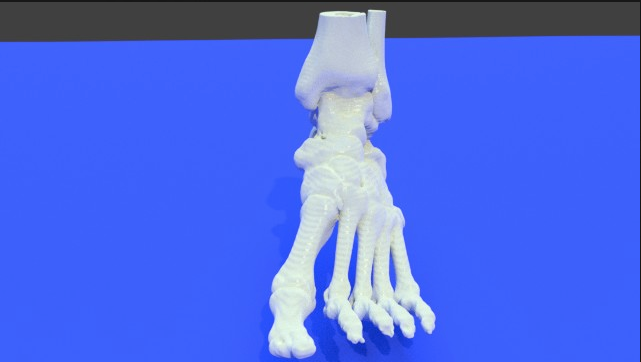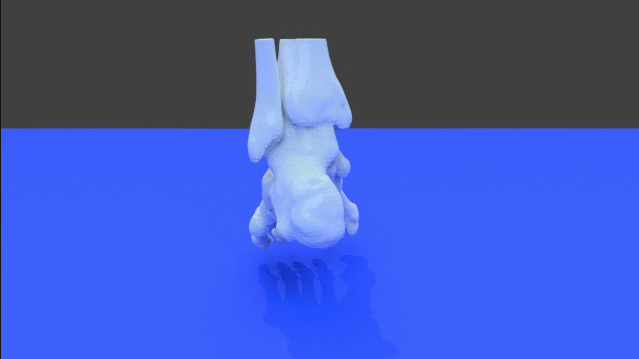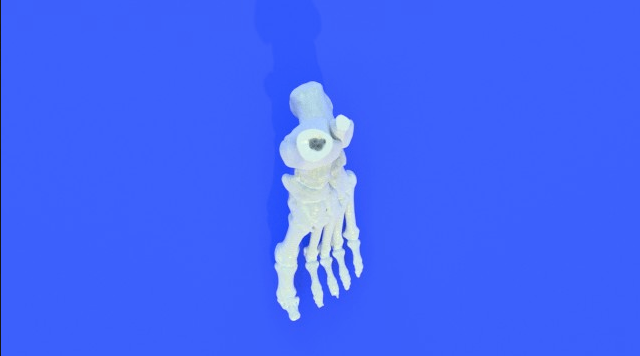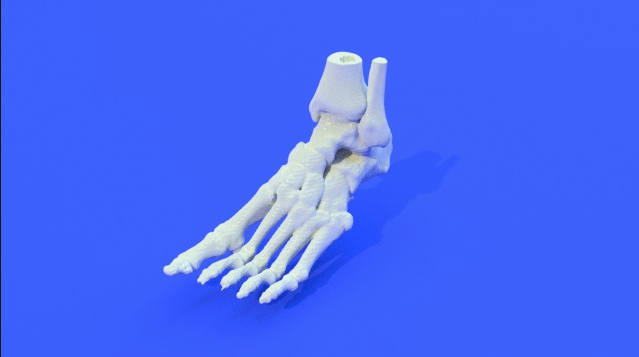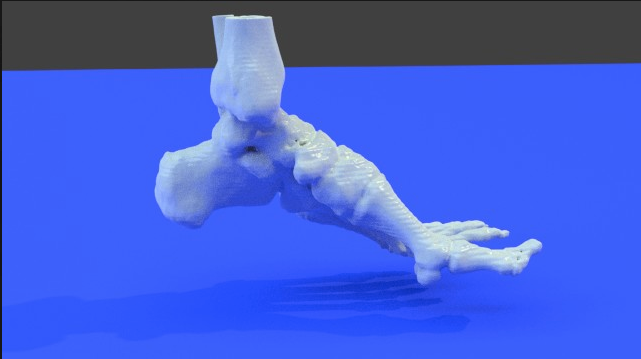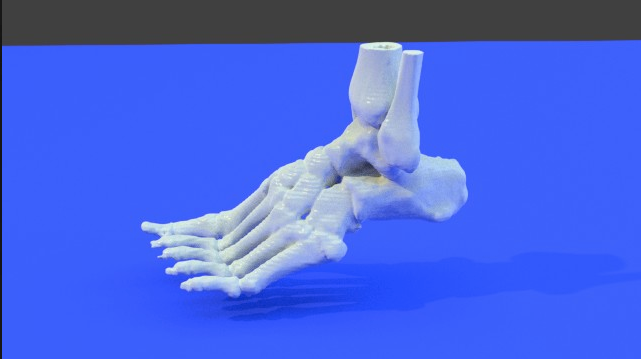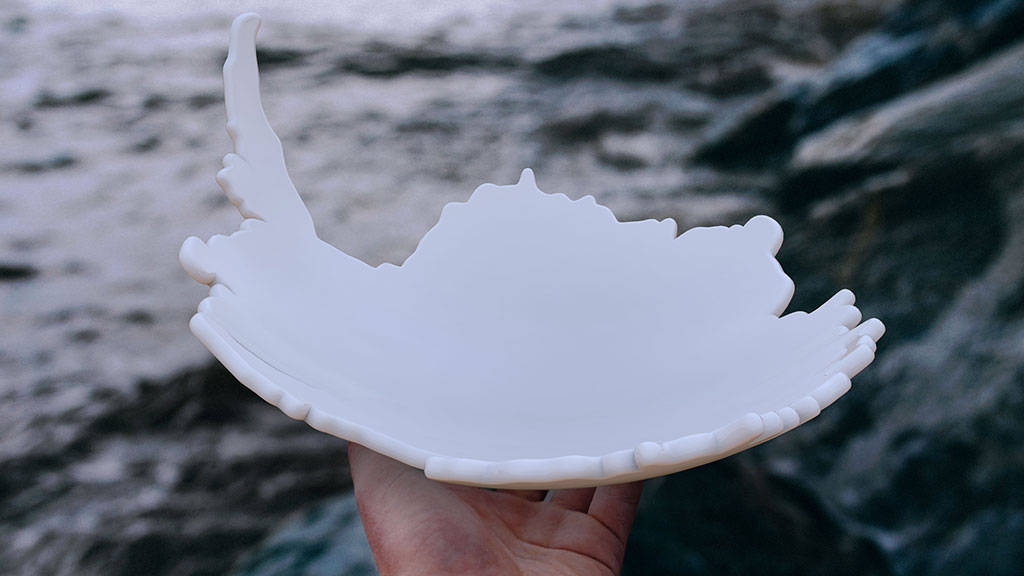It's Earth Day this Sunday which also means it's been over a year since I launched the South Bowl on Kickstarter! To my backers, I want to say thank you again for believing in this project.
A lot of work went into this bowl. Here's a short timeline of how the bowl got made. Enjoy!
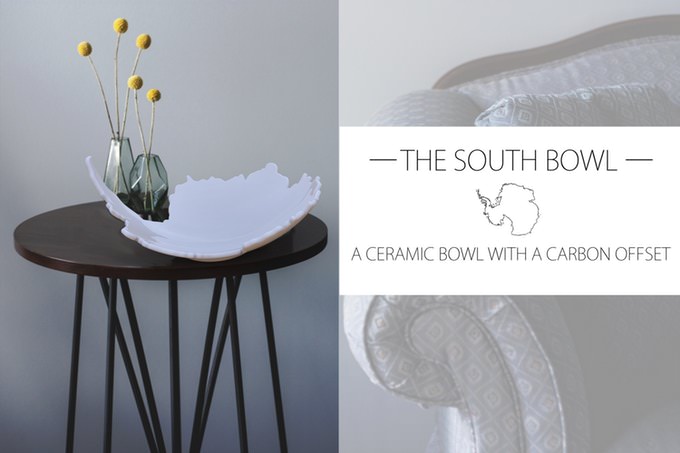
For EarthDay 2017 I decided to launch the South Bowl. It was an idea I had for a while that I finally decided to try to make real.
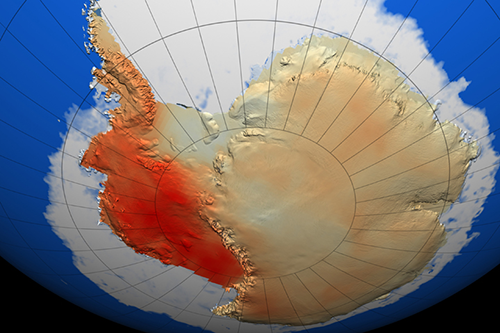
Antarctica - the South Pole - is a unique and sensitive area of the Earth. The effects of climate change are felt here first. You've probably seen many news stories about Antarctica lately - from cracking ice shelves to abnormal temperatures. Think of Antarctica as the canary in the coal mine when it comes to climate change.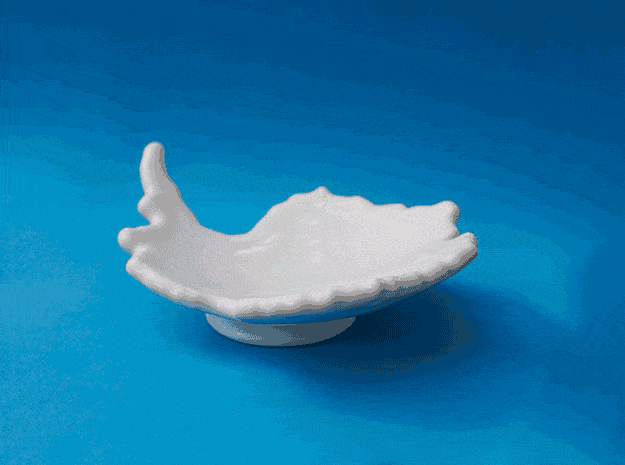
I wanted to make something that would be a daily reminder of Antarctica and of human caused climate change. I decided to use the shape of the continent to create a bowl - something people use every day in the kitchen to hold fruit, candy, etc. Seeing it might cause someone to re-think small decisions like going on an unnecessary car trip, eating a vegetable before eating some meat, etc. It's the little things that add up. My first version of the bowl was a soap dish sized prototype. I got it made in 3D printed ceramic. The foot of this prototype has overhangs making it inappropriate for mass production.
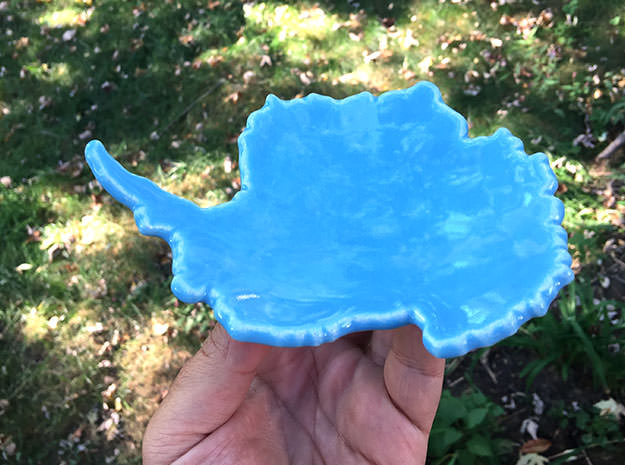
Later prototype in color.
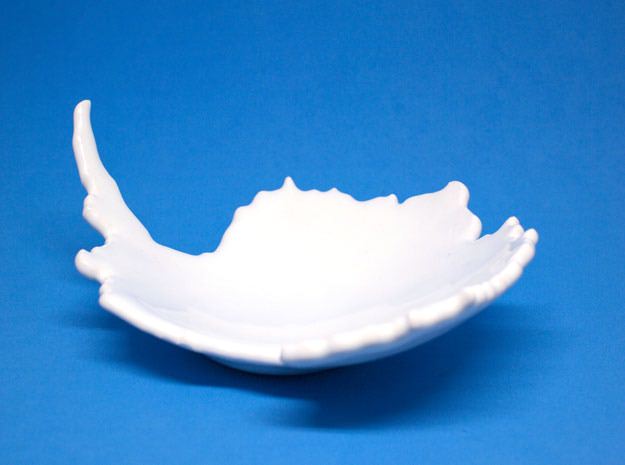
Fourth small porcelain prototype. Notice the finer details achieved on this version.
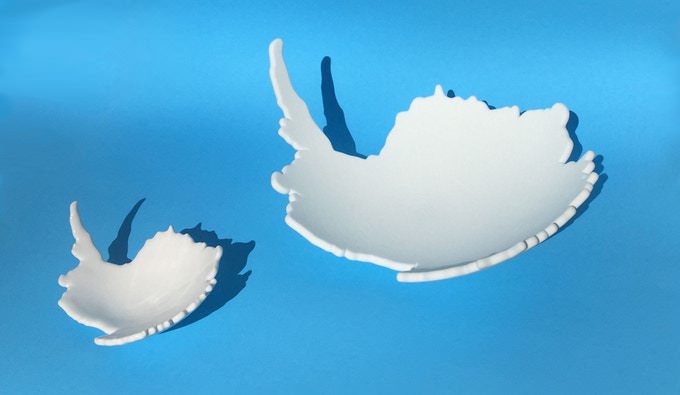
(left) Porcelain Prototype. (right) SLS Nylon Mold Master The South Bowl was ready for production. Now I just needed money! I decided to crowdfund the endeavor. I decided to use Kickstarter.
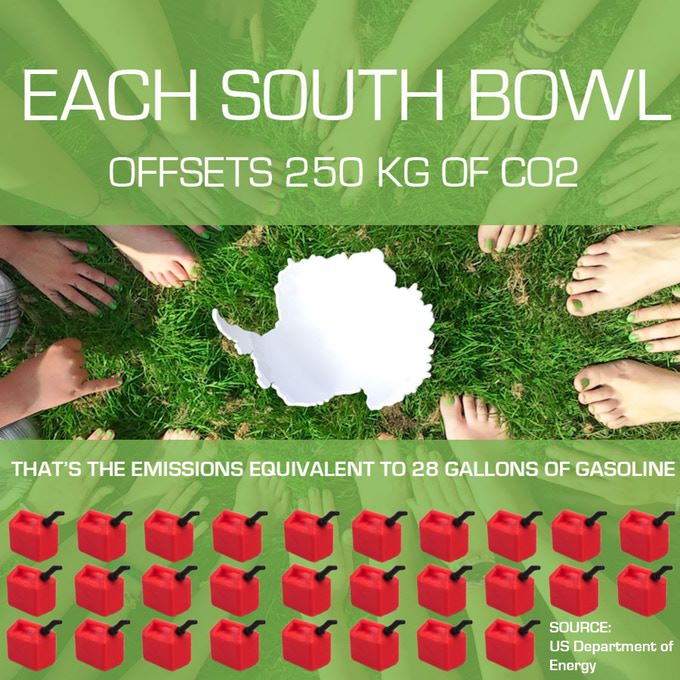
The environmental message of the bowl - not only could it serve as a reminder but it also actually made a difference! I worked to minimize the South Bowl's environmental impact by including a 250kg surplus integrated voluntary carbon offset (VCO). The carbon offsets - obtained from Carbonfund.org - support third-party validated renewable energy, energy efficiency and reforestation projects globally that reduce carbon dioxide emissions and the threat of climate change.
It was a further element of my thinking that even something small like this one bowl could accomplish something big.
To come up with a meaningful amount of CO2 to offset I used the Inventory of Carbon and Energy database compiled by the University of Bath. As an estimate, to be carbon neutral a South Bowl weighing an estimated 1 kg (it actually weighs 684 grams) would have to offset approximately 0.7 to 1.0 kg of embodied carbon. This is a little more than half a cubic meter of CO2. I decided to really offset that carbon and decided on a 1/4 metric ton (250 kg) CO2 offset - more than 20,000% of the estimated 1 kg needed to achieve carbon neutrality.
With shipping direct from my producer to the backers the transportation emissions were lessened and at the very least the bowls were at or near neutral. Most likely they are carbon positive. However, these can only be estimates because it's pretty expensive to get a product-specific third-party evaluation of a product’s carbon footprint. Large corporations can afford it, a guy crowdfunding a bowl out of his home studio can't!
Unfortunately I encountered mostly indifference to the environmental message. As a result, I ended up focusing more on the design and manufacturing aspects of the project. This was eye opening and kind of disheartening.

I teamed up with Mudshark Studios in Portland, Oregon. They are a private label ceramic manufacturing company located in Portland Oregon. Two things made me want to partner with them. Their experience in being able to manufacture the bowls in America AND their location in Portland - a locale with utilities that come from 50% renewable sources. Here are some bowls as they came out of a RAM press. The largest chunk of funds that I raised on Kickstarter went to the RAM mold.

Glaze getting applied.

Glaze drying.

South Bowls getting ready for final firing.
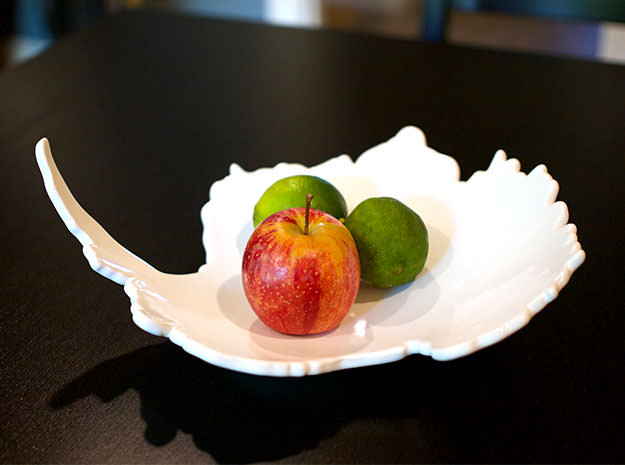
The South Bowl! (Really wrinkled lime on the right.)
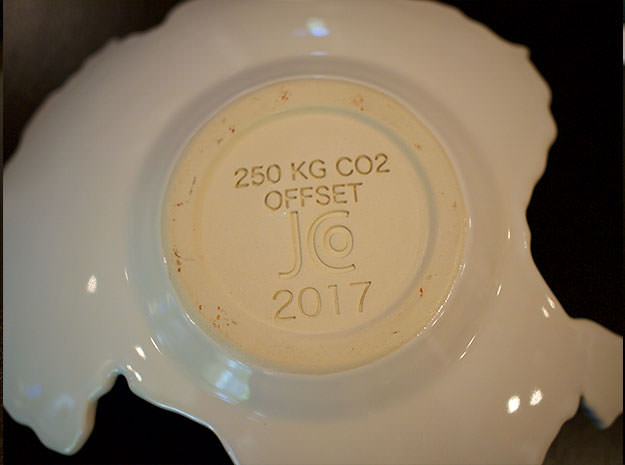
Carbon offset stamp!
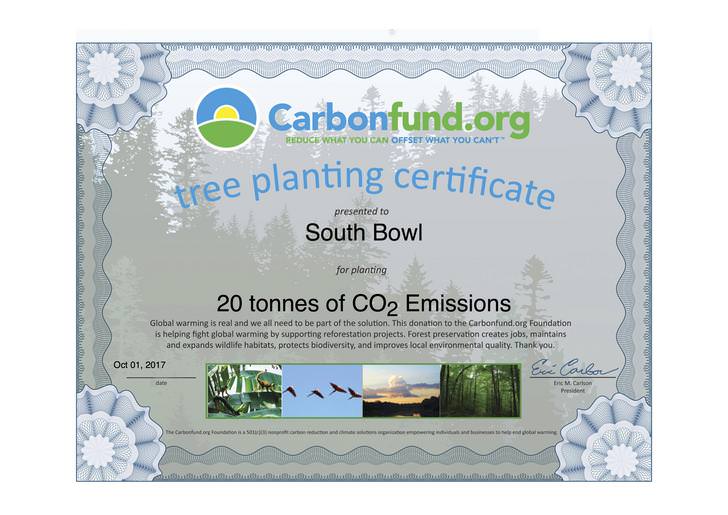
All the South Bowls made this carbon offset possible.
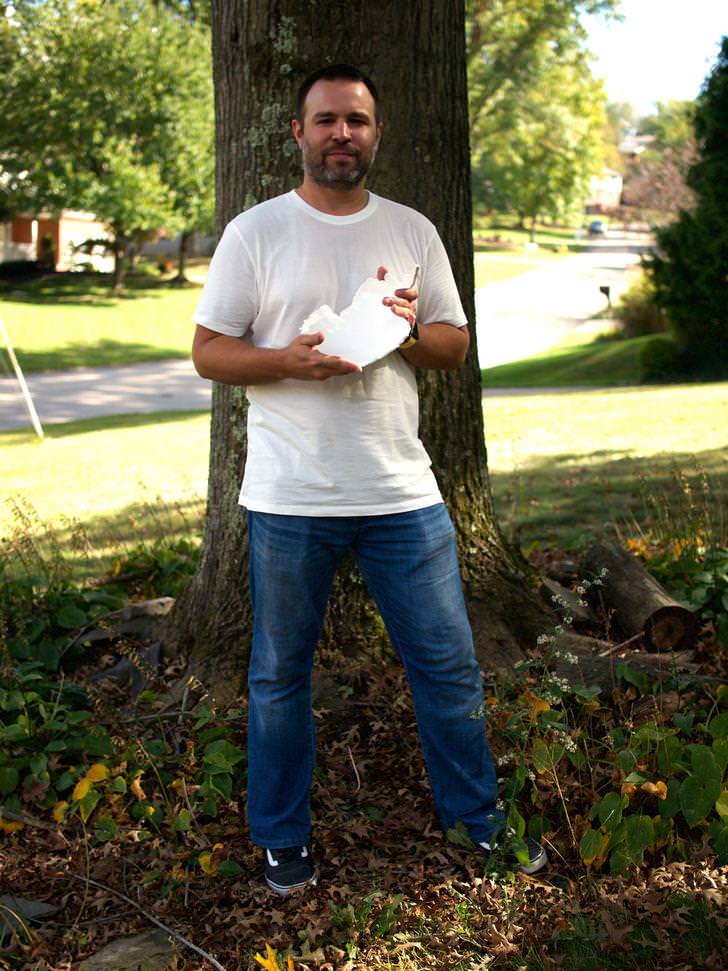
Here's me with my serious artist face.
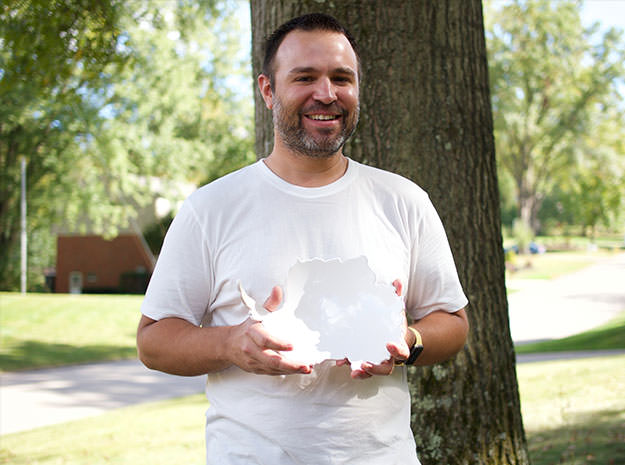
Happy artist face.
FYI, I had some people back out at the last minute and have 25 bowls left in my stock. I have priced the bowls at $85 but in connection with Earth Day I am offering $20 off. Use this coupon code - POLARBEAR - during checkout on Etsy https://etsy.me/2Hg269t .
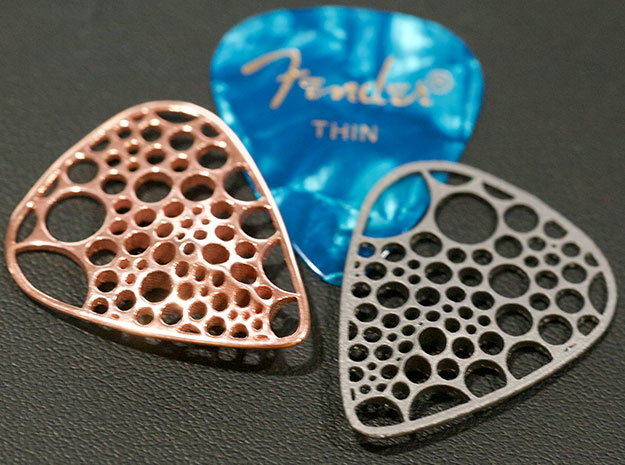
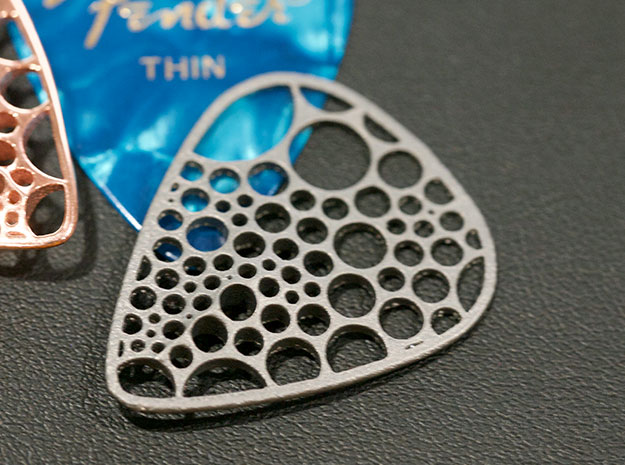
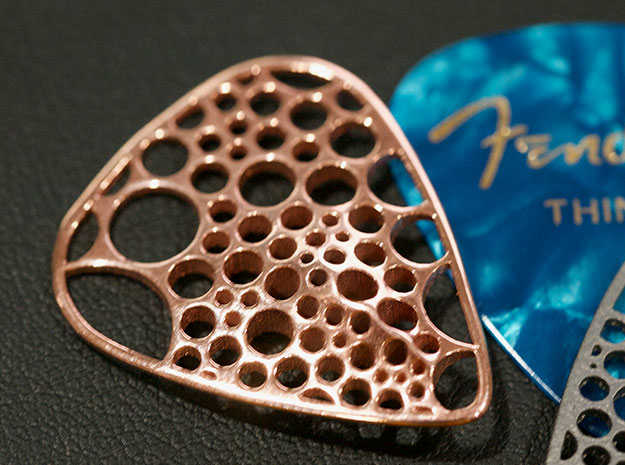
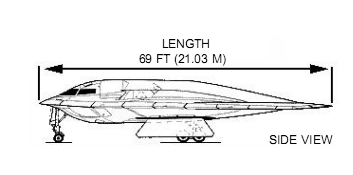 It also feels very nice when
It also feels very nice when